Warning, this isn't a hit and run
whaas_5a
12 years ago
Related Stories
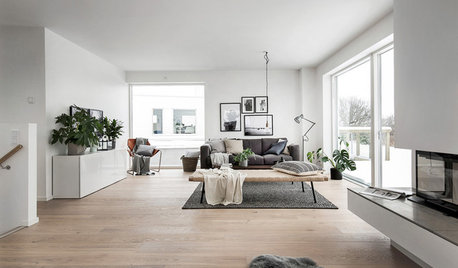
DECORATING GUIDESIsn’t It Good, Nordic Wood: The Appeal of Pale Floors
From silvery ash to honey blonde or chalk white, light-toned floors hold the key to the pared-back simplicity of Scandinavian style
Full Story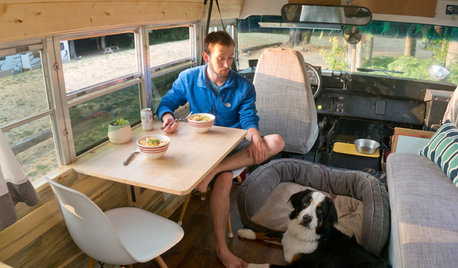
TINY HOUSESAdventure Seekers Hit the Road in a Cozy School Bus Home
Wood floors, butcher block countertops, custom furnishings and LED lights make life on the road feel like just another stylish day at home
Full Story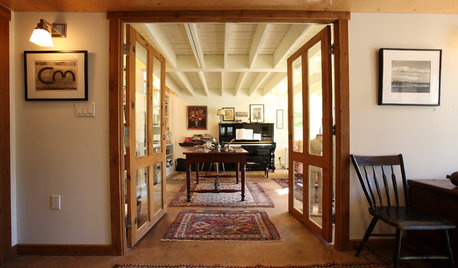
STUDIOS AND WORKSHOPSRoom of the Day: A Former Garage Hits a High Note
Remodeling turns a hodgepodge storage space into a welcoming music room — just in time for a family wedding
Full Story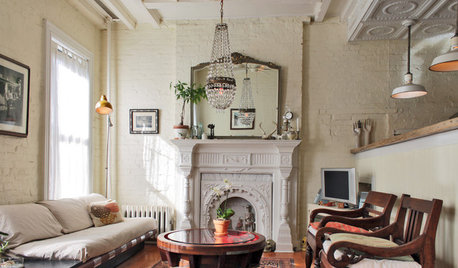
ECLECTIC STYLE5 Reasons to Hit That Secondhand Store
New things have their place, but old things have a history and beauty all their own
Full Story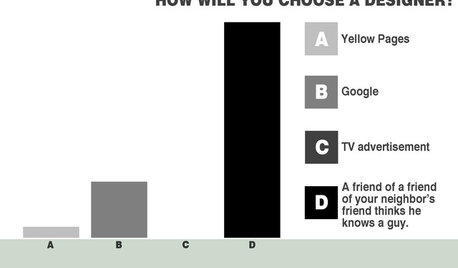
COFFEE WITH AN ARCHITECTHitting the Bars to Explain the Design Process
Simple bar charts and a little math by a seasoned architect give a helpful overview of renovation and new-build proceedings
Full Story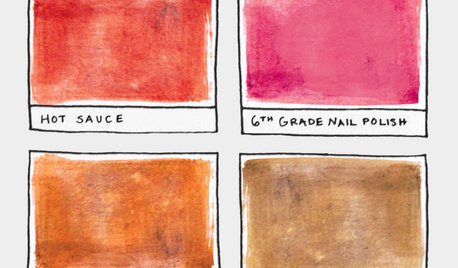
FUN HOUZZ16 Creative Paint Color Names We Haven't Seen — Yet
Someday, the namers of new paint colors will finally run out of ideas. We're here to help
Full Story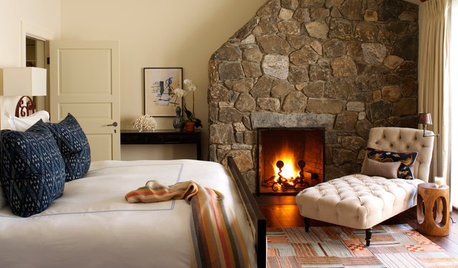
MONTHLY HOME CHECKLISTSSeptember Checklist for a Smooth-Running Home
Get ready to get cozy at home with snuggly blankets, well-stocked firewood, added insulation and more
Full Story
ORGANIZINGDo It for the Kids! A Few Routines Help a Home Run More Smoothly
Not a Naturally Organized person? These tips can help you tackle the onslaught of papers, meals, laundry — and even help you find your keys
Full Story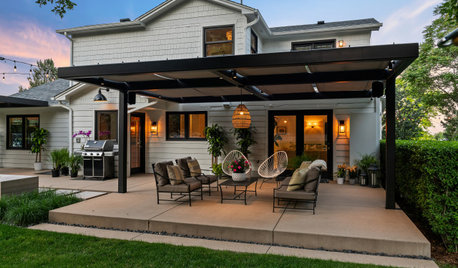
WORKING WITH PROSYour Guide to a Smooth-Running Construction Project
Find out how to save time, money and your sanity when building new or remodeling
Full Story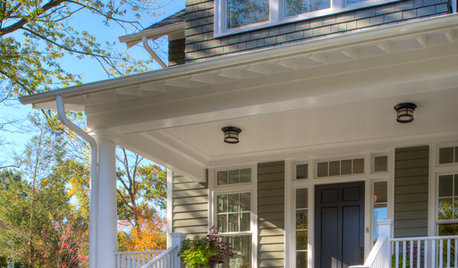
MONTHLY HOME CHECKLISTSOctober Checklist for a Smooth-Running Home
You're due for some winterizing, like clearing rain gutters and stowing swimsuits — but leave time for a fun project
Full Story






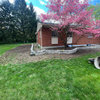
tanowicki
woodyoak zone 5 southern Ont., Canada
Related Professionals
West Milford Landscape Architects & Landscape Designers · Suffern Landscape Architects & Landscape Designers · Westwood Landscape Contractors · Edwardsville Landscape Contractors · Estelle Landscape Contractors · Fuquay-Varina Landscape Contractors · La Verne Landscape Contractors · McLean Landscape Contractors · Peoria Landscape Contractors · Roseville Landscape Contractors · West Coon Rapids Landscape Contractors · Boone Decks, Patios & Outdoor Enclosures · Fort Collins Decks, Patios & Outdoor Enclosures · Palm Beach Gardens Decks, Patios & Outdoor Enclosures · Charleston Swimming Pool Builderskevin_5
karinl
drtygrl
inkognito
kevin_5
tanowicki
whaas_5aOriginal Author
whaas_5aOriginal Author
woodyoak zone 5 southern Ont., Canada
whaas_5aOriginal Author
adriennemb2
karinl
bahia
kevin_5
bahia
pls8xx
whaas_5aOriginal Author
karinl
whaas_5aOriginal Author
woodyoak zone 5 southern Ont., Canada
whaas_5aOriginal Author
woodyoak zone 5 southern Ont., Canada
Marie Tulin
natal